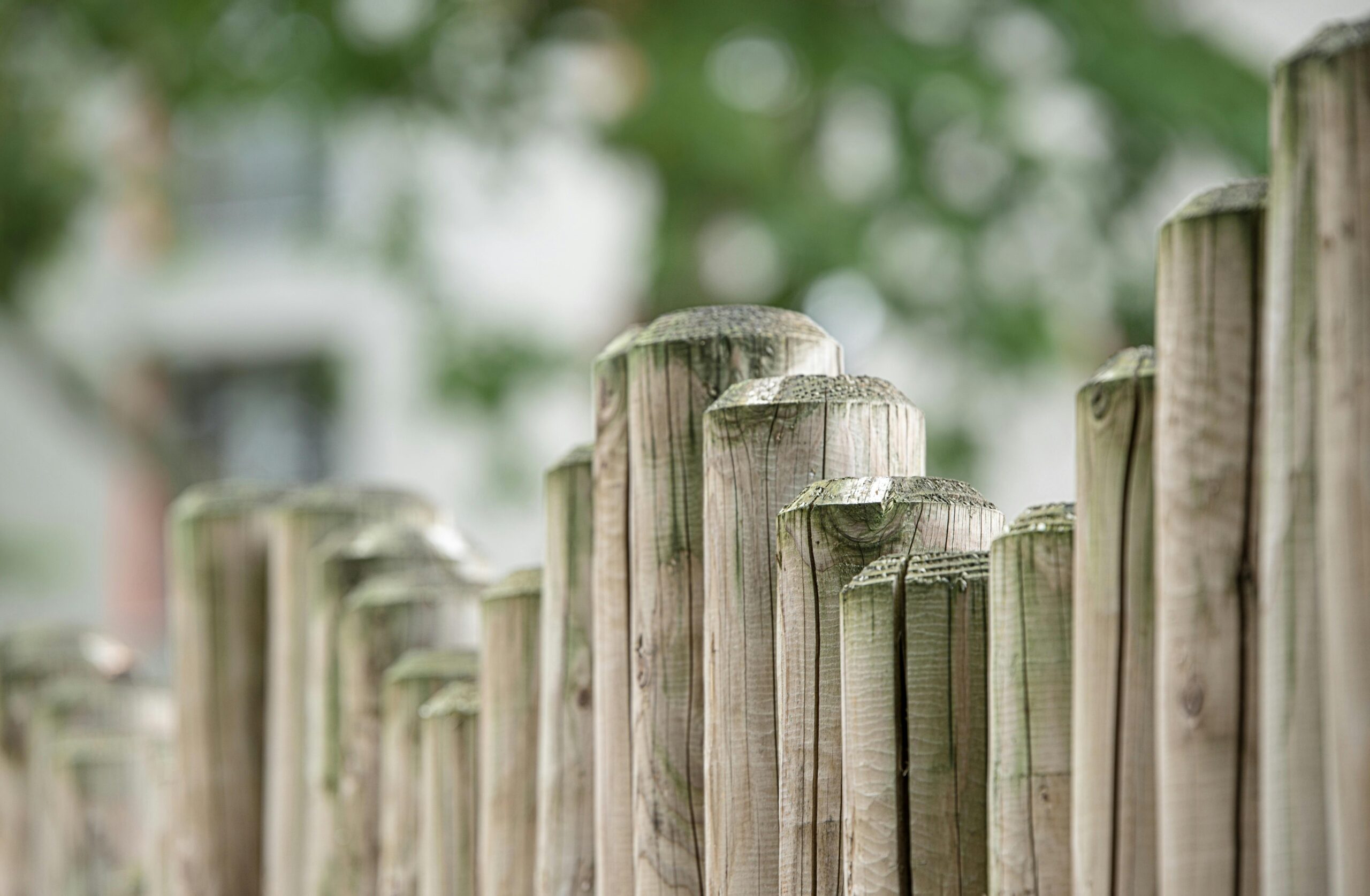
Saying “no” can feel heavy—especially when you’re someone who deeply cares about others. Maybe you’ve been in a moment like this: you’re at a family gathering, and someone asks for your help. You’re already stretched thin, but the thought of declining makes your stomach turn with guilt.
You’re not alone.
Learning to set boundaries isn’t about building walls—it’s about honoring your capacity, your peace, and your humanity.
🌱 1. Know Your Limits
You’re not made to do it all—and that’s not failure, it’s wisdom.
Begin by gently noticing what drains you and what restores you. Boundaries start with self-awareness. The clearer you are about your limits, the more confidently and kindly you can express them.
Take a moment to ask:
What’s mine to carry right now?
📘 Try the Mindfulness Journal: Daily Practices, Writing Prompts, and Reflections for Living in the Present Moment —a gentle companion to help you explore your needs with clarity and care.
💙️ 2. Speak Gently but Clearly
Boundaries don’t require defensiveness or harshness. A soft “no” can still be a full sentence. Try speaking with grace and honesty—using “I” statements to share your needs.
Examples:
- “I’m not able to commit to that right now.”
- “Thank you for thinking of me—this week is already full.”
- “I need some quiet time this weekend.”
You’re not rejecting them. You’re honoring you.
💆🏽♀️ 3. Protect Time for Yourself
Boundaries allow you to create sacred space—time that is yours, for rest, reflection, and restoration.
What practices refill you?
- A quiet morning walk
- A slow evening routine
- Journaling or breathwork
- Simply doing less
🌫️ Try using the ASAKUKI 500ml Essential Oil Diffuser in the evening as a gentle ritual for winding down. Small environmental cues can support emotional boundaries, too.
🦰 4. Invite Support When You Need It
If setting boundaries feels hard, you’re not weak—you’re healing. And healing is often something we do in community.
Consider connecting with:
- A therapist or coach
- A trusted friend
- A spiritual mentor
- A journal to process the tension
📚 One helpful resource is Set Boundaries, Find Peace: A Guide to Reclaiming Yourself by Nedra Glover Tawwab—a clear and compassionate guide to navigating guilt-free boundaries.
You don’t have to carry the discomfort alone.
📖 Final Thoughts
Setting boundaries isn’t about pushing people away—it’s about staying close to yourself.
It’s a practice of returning home to your own rhythm, honoring your inner peace, and learning that guilt is not always a sign of wrongdoing—it’s often the echo of old patterns trying to keep you small.
“Setting boundaries is a way of caring for myself. It doesn’t make me mean, selfish, or uncaring because I don’t do things your way. I care about me, too.”
— Christine Morgan
Be gentle with yourself. You’re doing better than you think.
🌫️ Curious about who’s behind My Peace Nest?
Learn more about the heart and story behind this space on the About page. It’s a quiet introduction—just like everything here.
⚠️ Affiliate Disclosure
This post contains affiliate links. If you click through and make a purchase, I may earn a small commission—at no additional cost to you. Thank you for supporting My Peace Nest!
Leave a Reply